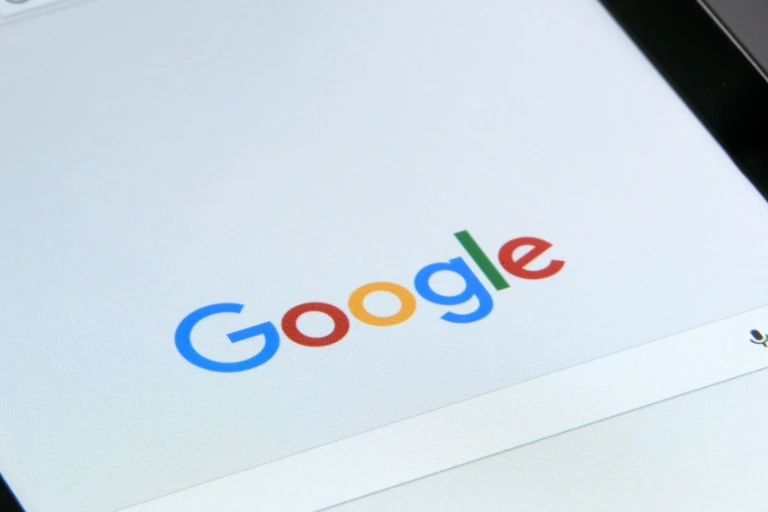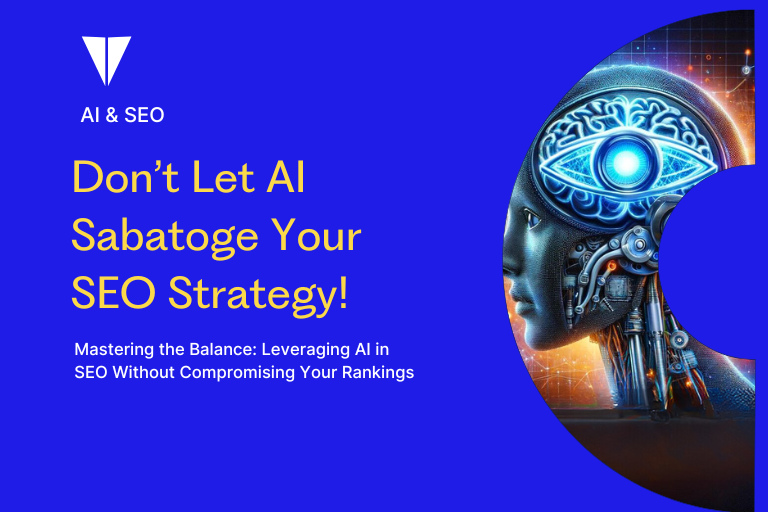The 7 Deadly Sins of a Website Landing Page
When it comes to paid ads, your landing page can make or break your strategy

Ad performance of your paid marketing efforts consists of ad-creative (text and visual assets), audience targeting, and web pages working together to generate results. The web page that your ad clicks through to is called a landing page. While some efforts do not require a landing page, most still do. When it comes to paid ads, your landing page can make or break your strategy, since its quality affects how much you pay for each click and whether your audience will do what you want them to on the site. It is directly linked to increased overall search ad sufficiency. In a way, the principles behind your ideal landing page are similar to your branding and sales ideas. When illustrating examples of these deadly sins, Jane will be the name of the website user ie. the victim of the 7 deadly sins.
1. Clear Value Proposition ( or What is it you do again?)
When a user goes on your site, the first 2 questions you must answer are:
- What are you selling?
- Why should they pick your product over your competitor?
Stating the service/niche at the top of your page will help you establish trust with your prospective lead by answering these questions.
When you ignore this principle, you confuse Jane at best and make her think that you are incompetent as worst. Neither of those impressions will help you win Jane, or someone like her as a customer.
TL;DR
By being clear about what your product is (cleaning carpets for example) and what the benefit is (free consultation for example) before the user has to scroll, you create rapport with the website user before you ever interact with them.
2. Pain Points ( or Bull’s Eye)
Your landing page is an elevator pitch. You won’t make a sale unless you talk about helping reach your audience’s desired outcomes or helping them avoid an undesired outcome. The more clear you are on how you will accomplish those outcomes, the easier it is for the user to sign up and purchase.
When you ignore this principle, Jane might walk away because she’ll assume you either don’t understand her or you simply don’t have the features she desires. If you don’t mention that your smart-watch connects to a phone, Jane will assume you are just selling a regular watch (and she may be right).
TL;DR
The clearer you state and illustrate what your product does and all its features, the harder it is for your potential customer to leave your site without a commitment.
3. Readable Language ( or let’s talk in layman’s terms)
Communication is only good if it is clearly understood by the listener. Speaking your customer’s language is essential to get your message across. This means industry-specific terminology should be used sparingly when addressing the general consumer. It’s always best to assume you are creating a page with your least-knowledgeable client in mind.
If your page is stuffed with industry-specific jargon, while your target market is an average Jane you will lose a lot of customers like her. Jane will feel, (rightfully so,) confused, instead of clearly getting the communication she needs to allow her to make an informed decision.
TL;DR
Using industry-specific terminology can be helpful but use it sparingly. Keep the general target audience in mind. Illustrate your understanding with empathy, and people won’t be able to wait to work with you.
4. Scannable Content ( or Not Another Block of text).
Your client knows what you do, and your main features are on your page in a language they can understand, so you have navigated your way out of all the landing page mistakes right? Not quite. People don’t like to read huge blocks of text. That’s why you probably haven’t read a lot of user manuals from cover to cover.
Your site should present the most important information in the easiest to digest format. Think exam preparation notes vs. textbook text. Each one of your sections shouldn’t be longer than one desktop screen.
If your page consists of long paragraphs of text, Jane will glaze over the info on your page, and quickly lose interest. At best she’ll miss a few key features/selling points, at worst she won’t read any of them, even if you offer free delivery, 24/7 customer support, and 360-day satisfaction-or-your-money-back guarantee.
TL;DR
Use spacing, point-form notes, and short sentences to describe your product and its value, whether the value proposition is “Yes, we can” or “Just do it”.
5. Visual Content (or Show Me the Money)
Similar to modern textbooks, your site should be highly visual. We are talking: lots of images and easy-to-comprehend diagrams. A picture is worth a thousand words. The images on your page should effectively describe and add information to the message you are trying to convey. The pictures could show your product, explain how it works, or feature relevant lifestyle photography to illustrate the ease of use.
If your page doesn’t have relevant images or enough of them, you will lose Jane’s trust or simply bore her to death before poor Jane has the chance to “sign up for a free consultation”. This may just be the deadliest sin of them all.
TL;DR
Use images as an aid to enhance the story you are pitching or to build a good rapport with your users.
6. Trust Indicators (or Trust you? Say Who?)
Trust is a fragile thing, but to build it from scratch, you need to put in a bit of work for it. This can be as simple as past or current customer testimonials, and star ratings, or as elaborate as accreditations that signify your expertise.
For example: If Jane is looking for a cardiologist, she would expect the person taking care of her to at least have a Medical degree, specialize in the correct organ system, and (hopefully) specialize in human healthcare (as opposed to horses). Similarly, your trust indicators should describe and highlight your expertise as part of your value proposition.
TL;DR
Incorporate the most relevant additional trust-building information you can. These include certifications, accreditations, reviews, ratings, number of clients, etc.
7. Call To Action (or that’s a great site… now what?)
Similar to a sales pitch on Dragon’s Den or a great novel: your page should include several calls to action to the desired activity. This activity could be completing a form, a purchase button, or a phone call prompt. The biggest mistake here is to not include enough of these calls to action. The rule of thumb is to include a call to action in every content section of your page.
When you ignore this principle, and your call to action is only at the top or bottom of your page, Jane may just leave your site before submitting a free consultation request, even though she trusts you and you have the solution she needs.
TL;DR
Gently remind your users what they are on the page to do, and what their next step should be in every content section of the page.

Conclusion:
When creating a landing page, all of these 7 principles focus on 1 thing: user experience. Your goal is to make your client’s decision-making process as straightforward and frictionless as possible. You can achieve this by informing your potential client, presenting your expertise, and building rapport. To help with your paid ads strategy it is always useful to have a dedicated team of SEM specialists on your side. NAV43 is the best at what they do and is ready to help you achieve amazing results with your paid search ads.
Morgan Leung
Wondering how much do Google Ads cost? Explore the essential cost considerations, optimization tips, and cost management strategies for your PPC campaign.
Morgan Leung
Wondering how much do Google Ads cost? Explore the essential cost considerations, optimization tips, and cost management strategies for your PPC campaign.
Peter Palarchio
Learn the significance of accurate measurement and why you need to audit your conversion actions before going into optimization and scalability mode in your Google Ads account.
Peter Palarchio
Learn the significance of accurate measurement and why you need to audit your conversion actions before going into optimization and scalability mode in your Google Ads account.
Peter Palarchio
Leverage AI in SEO without Compromising Your Rankings
Peter Palarchio
Leverage AI in SEO without Compromising Your Rankings


